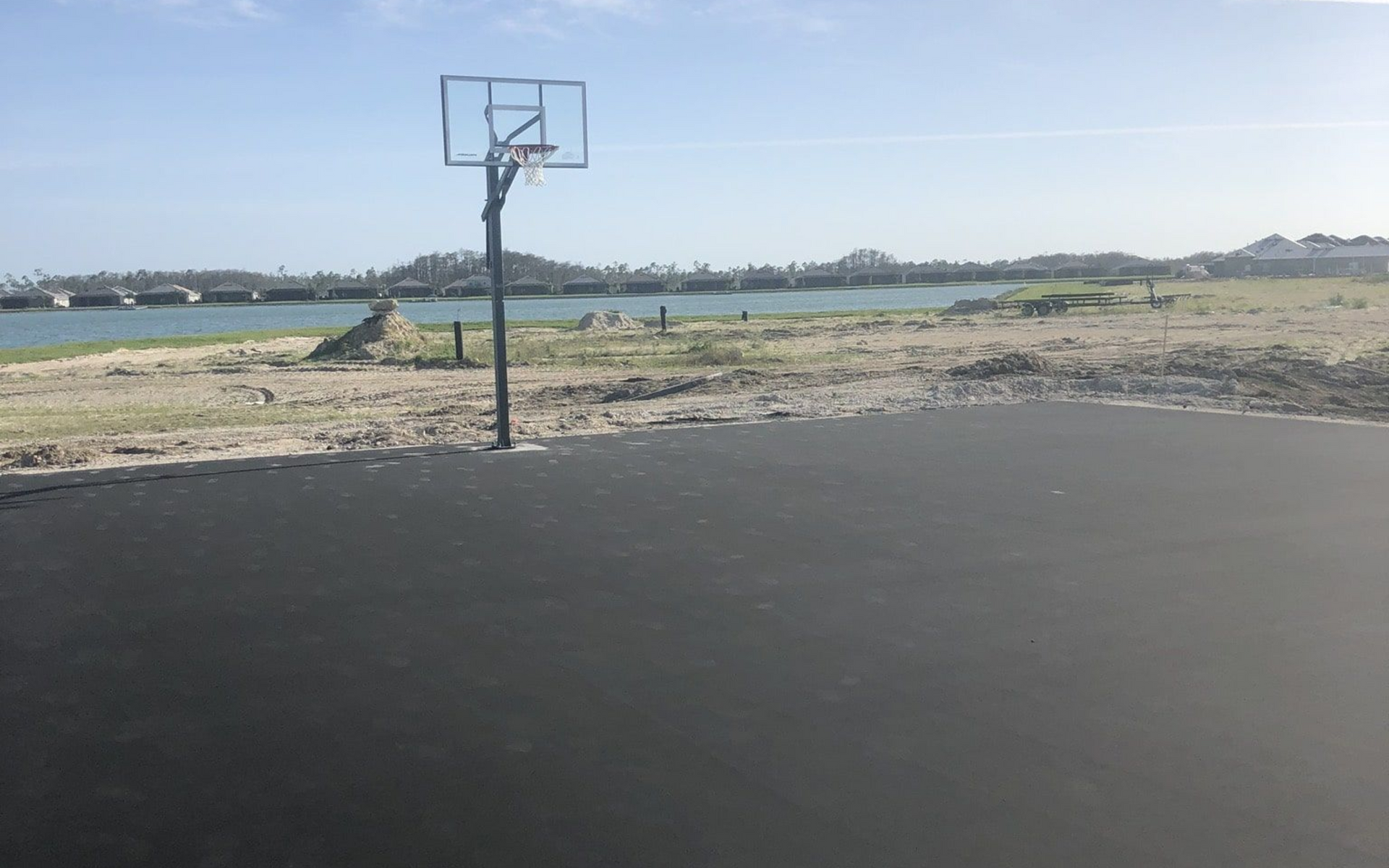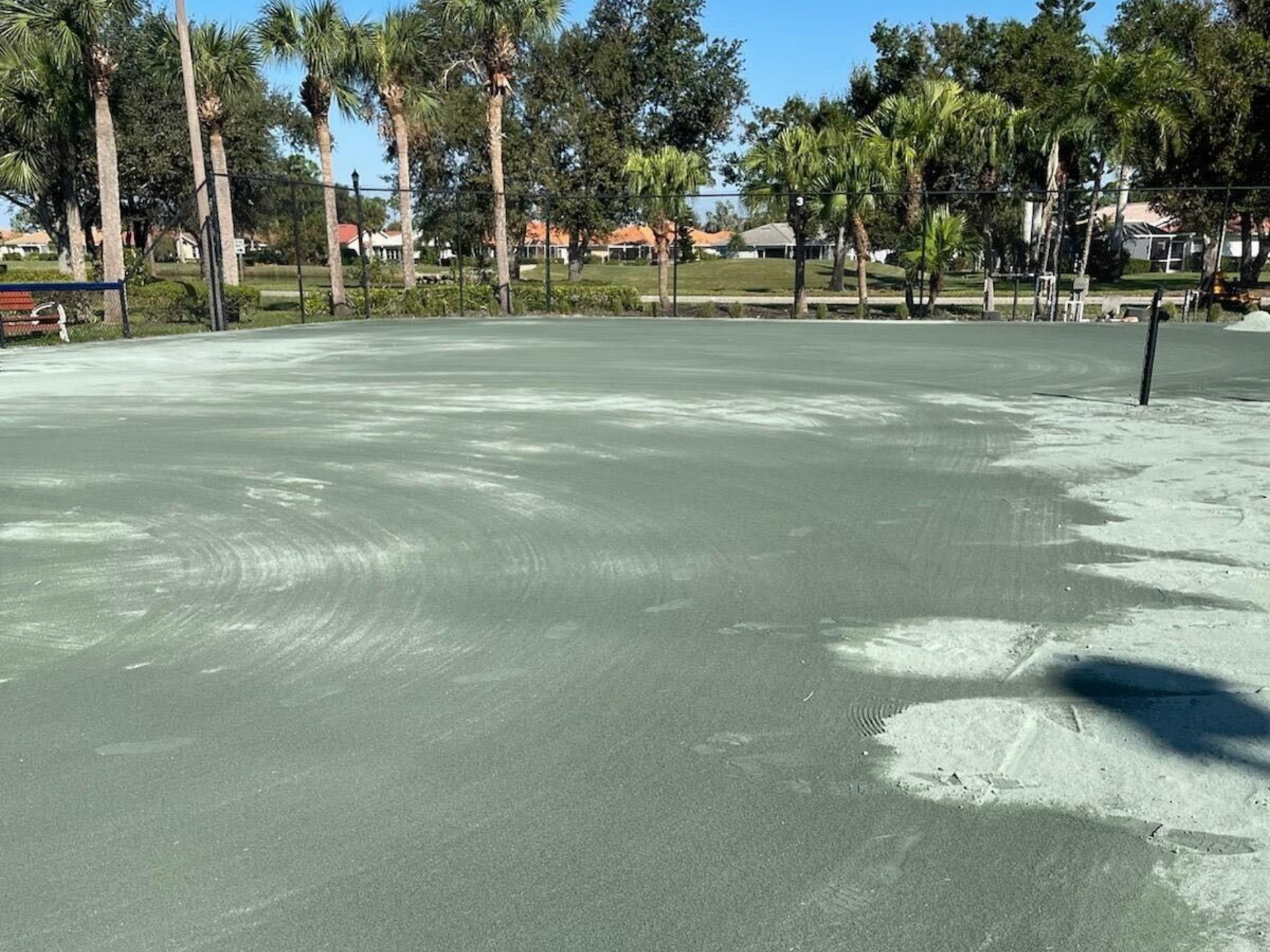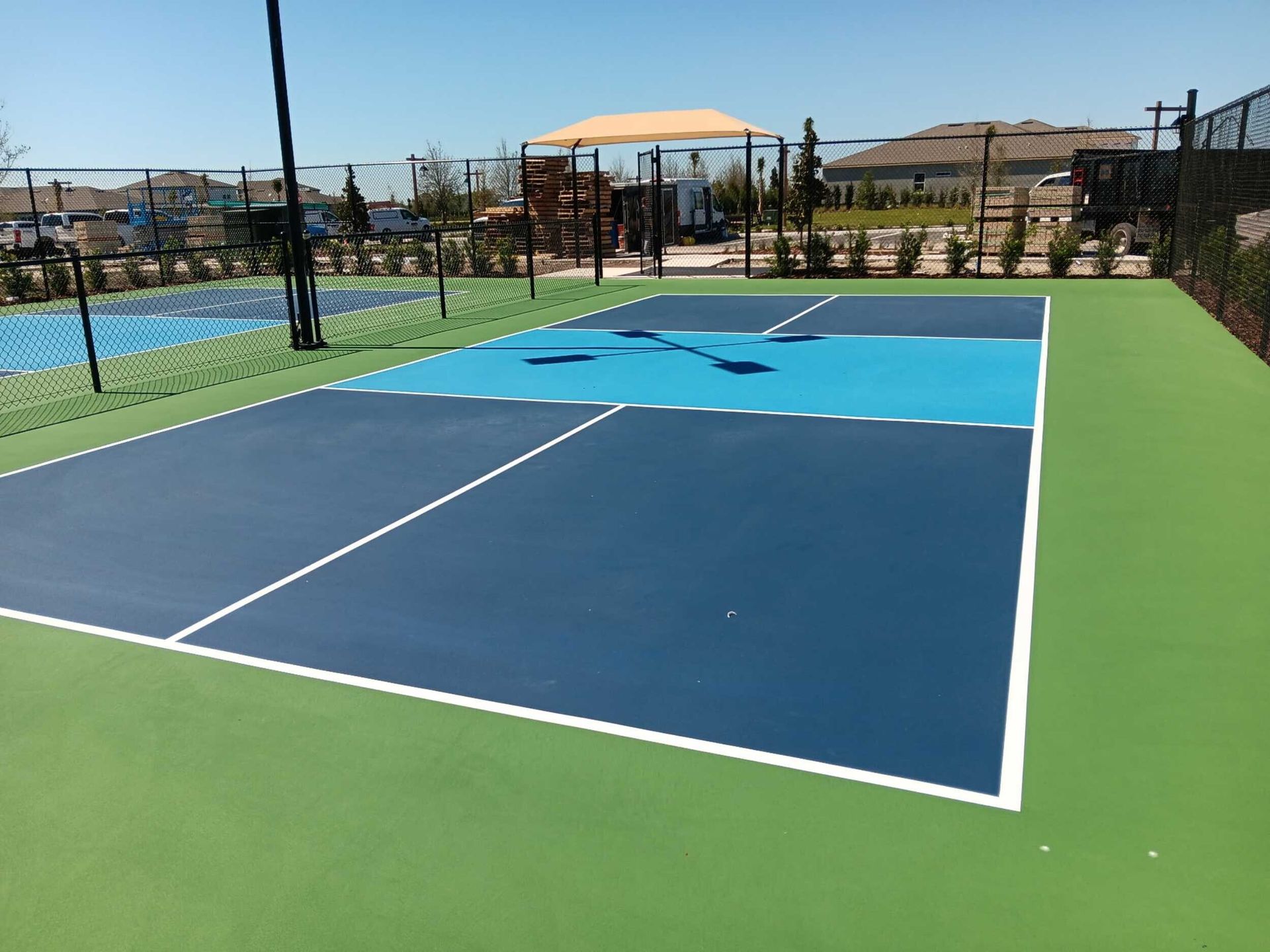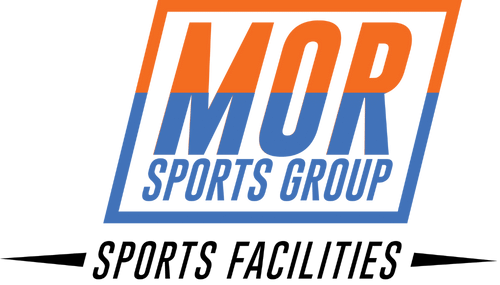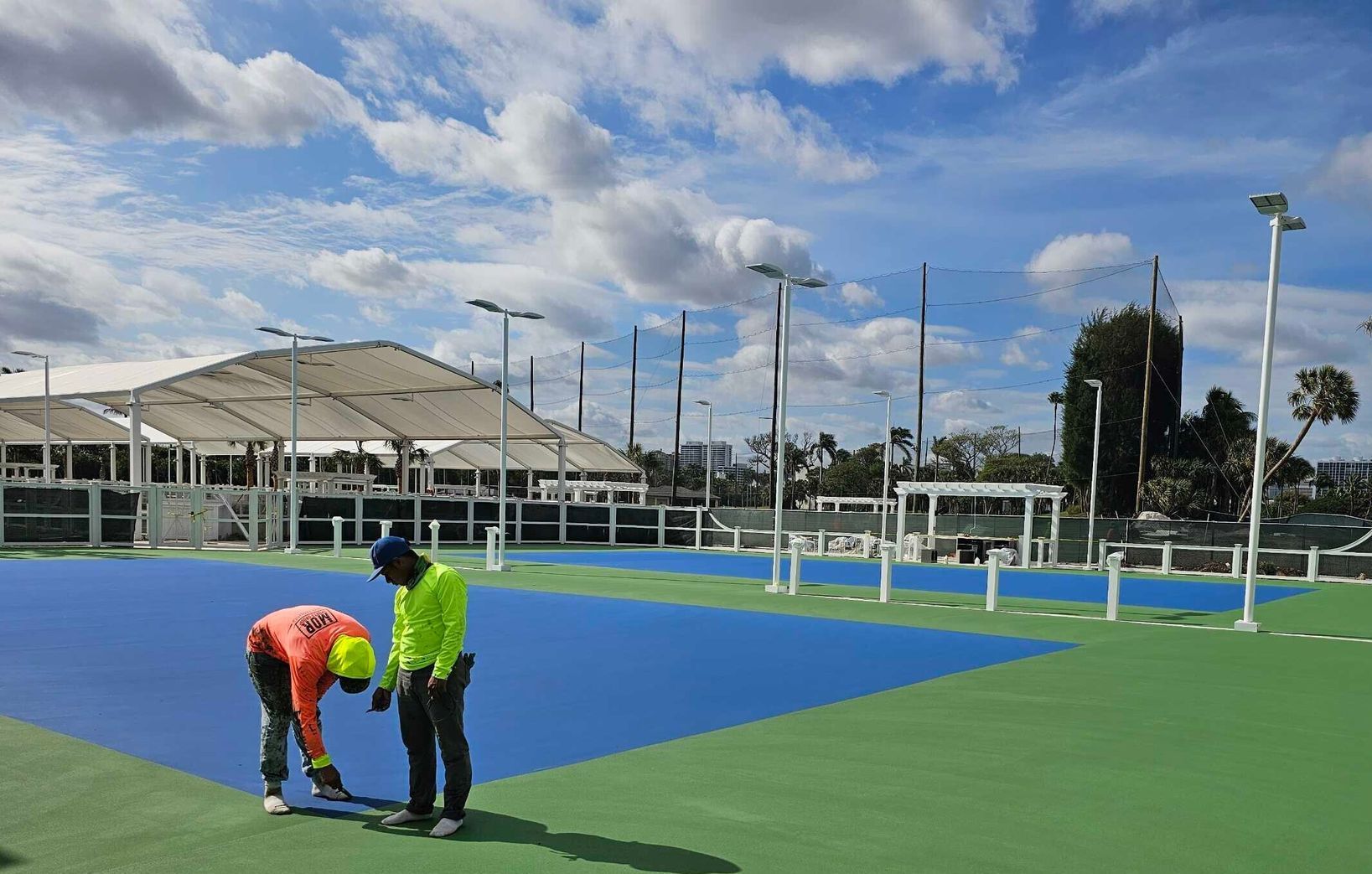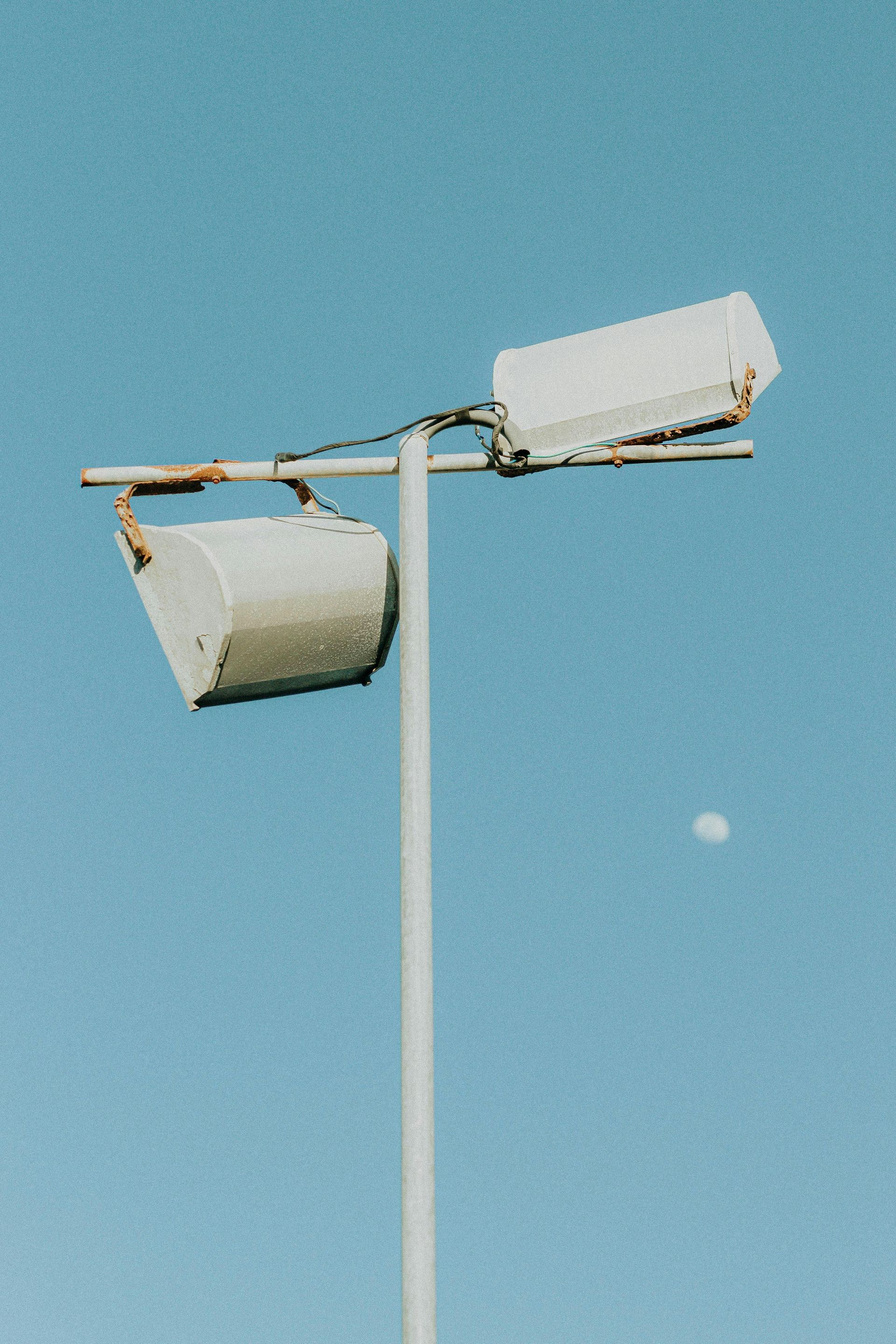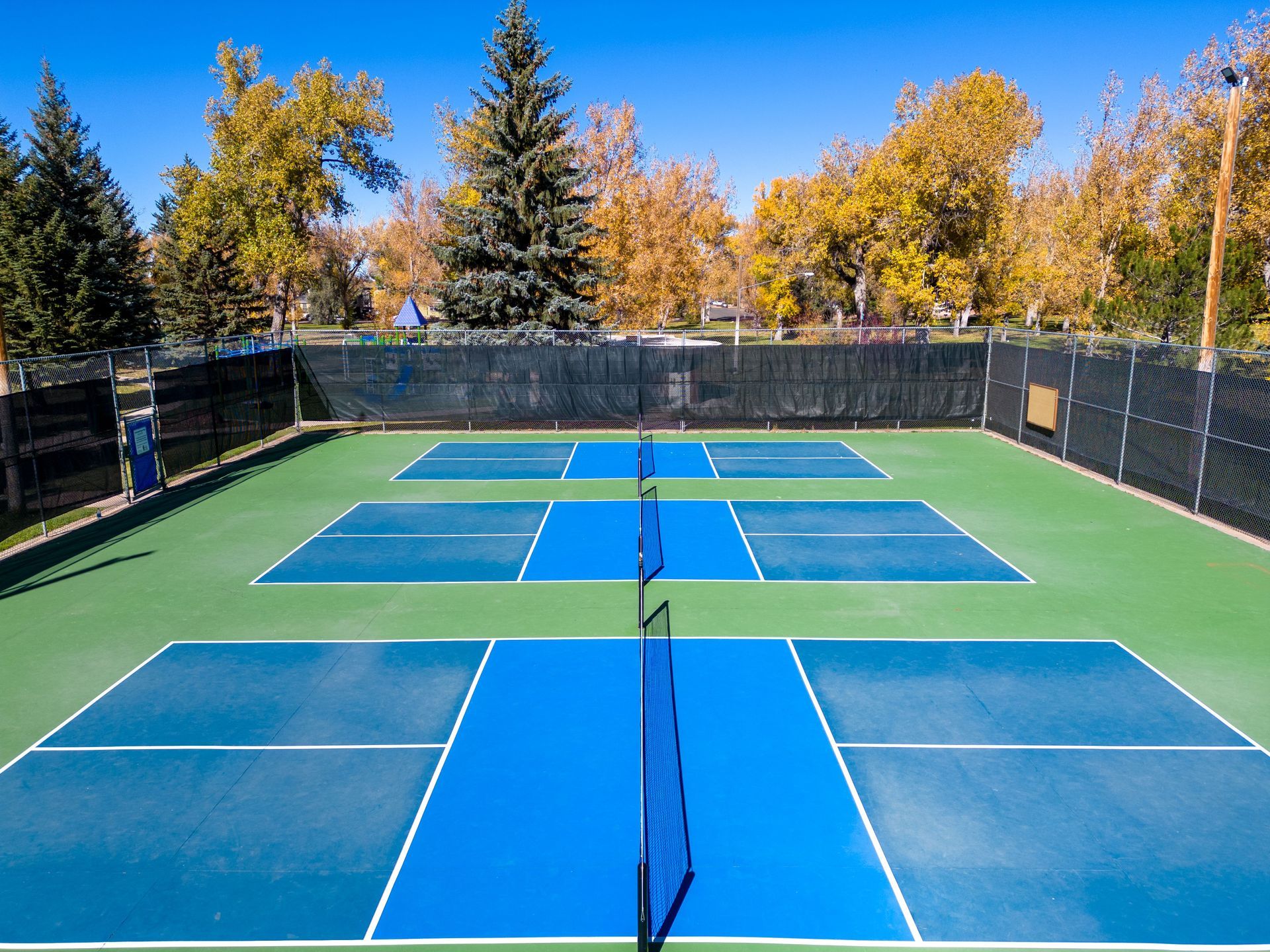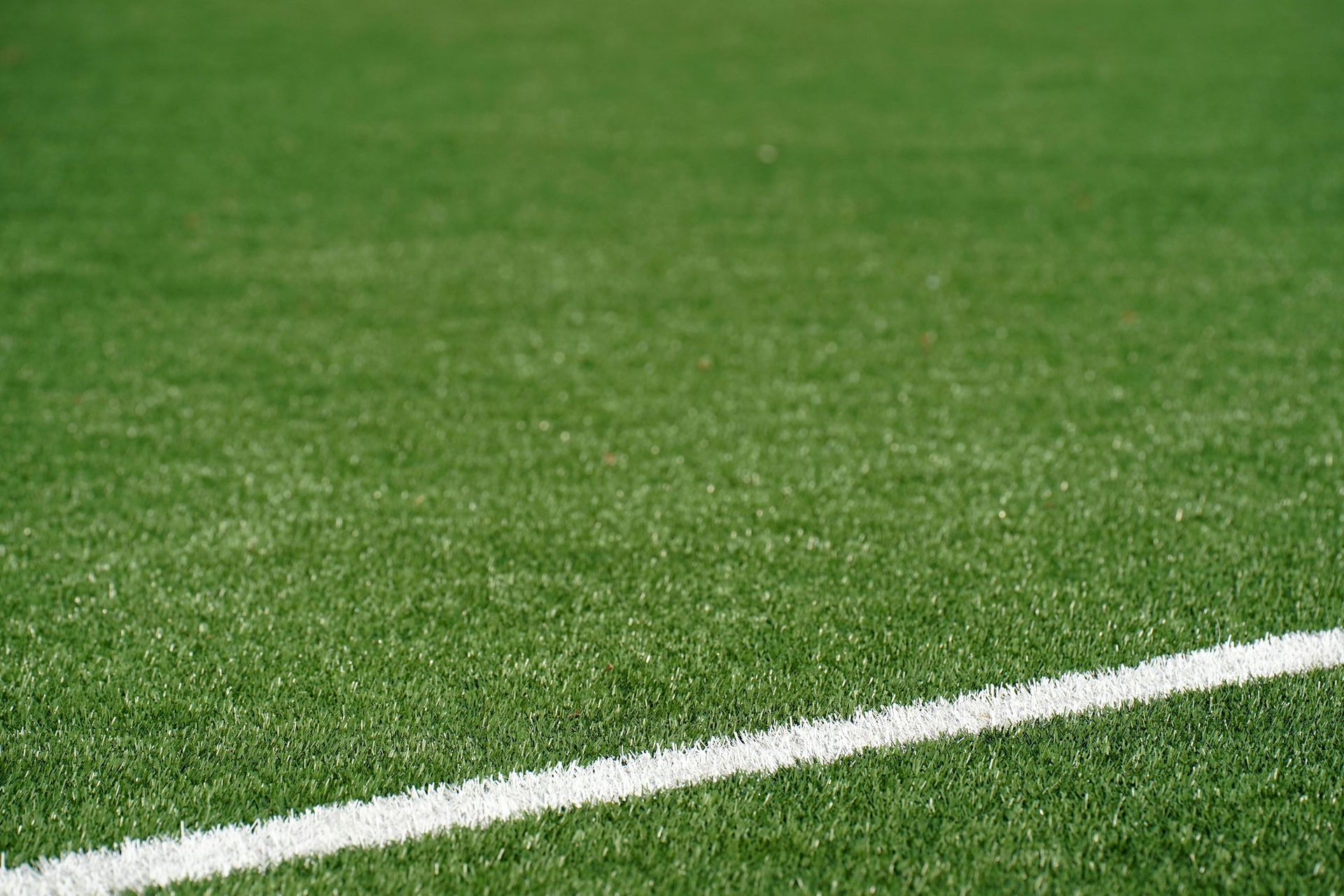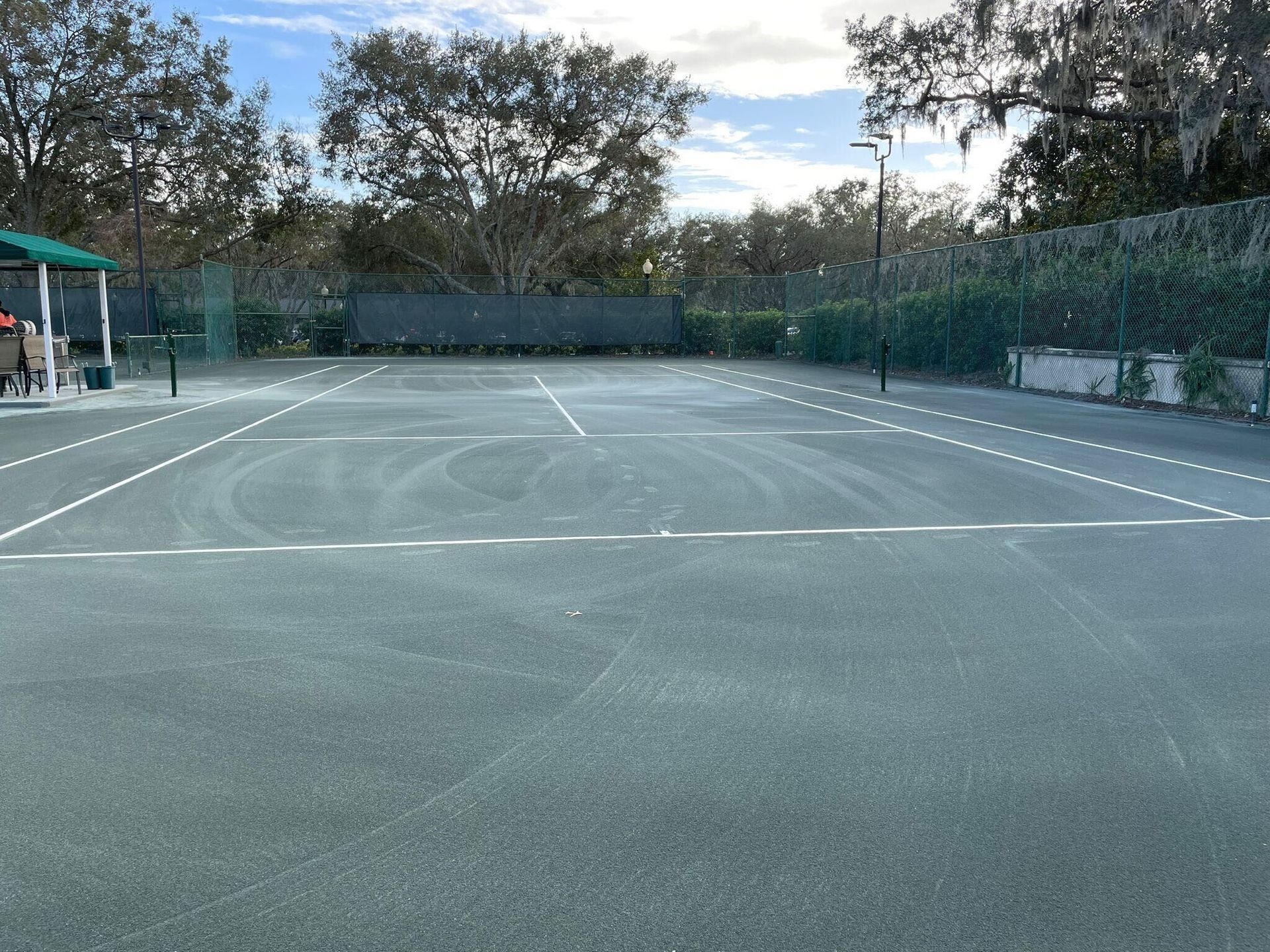Tennis Court Resurfacing: The Ultimate Guide
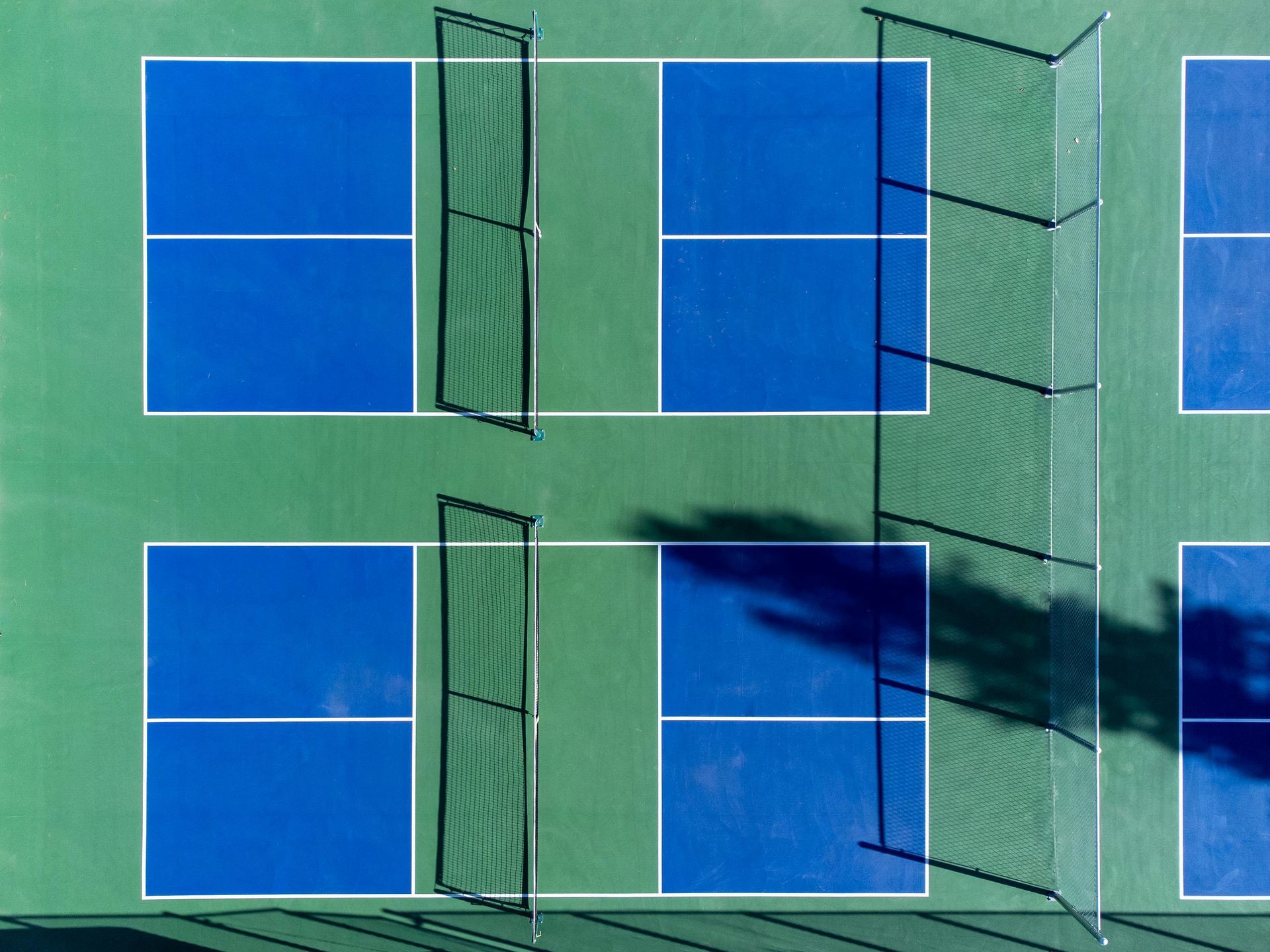
Tennis courts are built to endure a lot, from endless matches to harsh weather — but they aren’t invincible. Over time, even the best surfaces begin to show wear. Resurfacing is typically needed every 4 to 8 years, depending on how often the court is used and the climate it faces. Ignoring early warning signs like small cracks, standing water, or faded paint can quickly lead to bigger, more expensive problems.
Staying ahead with timely resurfacing not only preserves the quality of play but also protects your investment for years to come. Let’s dive into everything you need to know to keep your tennis court looking and performing its best.
Why Tennis Court Resurfacing Matters
Tennis courts work hard. Over time, they take a beating from weather, sun, and non-stop action. Resurfacing isn’t just about looking good, it’s about safety, performance, and extending the life of your court.
A resurfaced court offers a fresh playing experience:
- Better traction for players
- Predictable ball bounce
- Reduced injury risks
- A sharp, professional appearance that players notice
Without regular resurfacing, small problems like cracks or fading can quickly turn into bigger, more expensive issues
Benefits of Regular Resurfacing
Regular
resurfacing your Tennis Court is like giving your court a health checkup. You’re not just fixing issues — you’re preventing major ones.
Some of the biggest benefits:
- Extends the overall lifespan of your court
- Prevents costly full replacements
- Maintains safe, professional play conditions
- Increases the visual appeal of your property or facility
If you run a club, school, or community facility, a well-kept court is also a major attraction for players and tournaments.
We have written a detailed guide on Benefits of Resurfacing your Tennis Court. Check that out!
Signs Your Tennis Court Needs Resurfacing
Tennis courts don't go bad overnight. Damage creeps in slowly, often starting with small imperfections that seem harmless at first. Recognizing the early signs of trouble can help you act before minor problems turn into major, costly repairs. Here’s what you should be looking for:
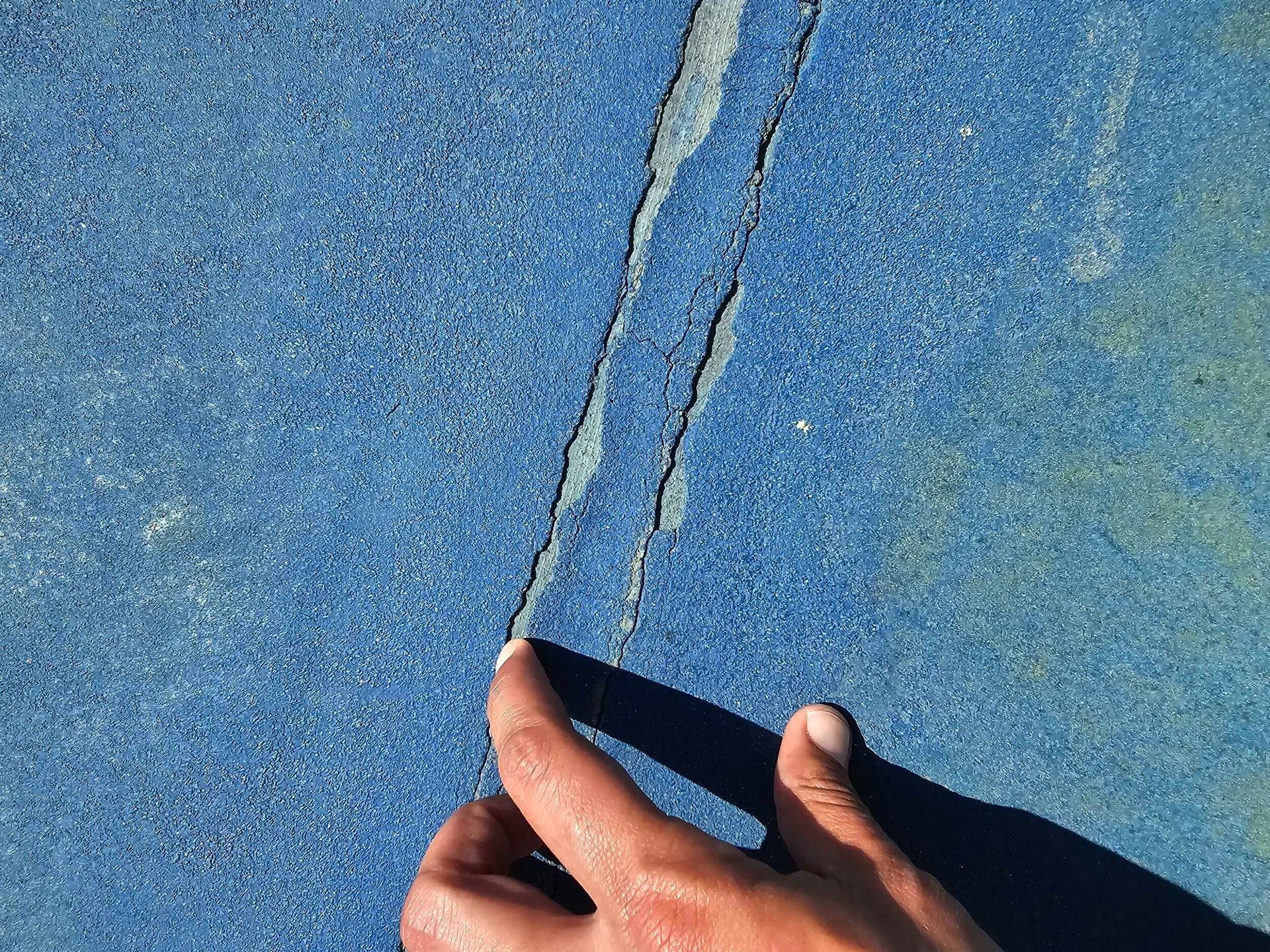
Cracks Forming Across the Surface
Small hairline cracks are often the first indicator that the court's surface is breaking down. They might start as thin lines barely visible underfoot but can quickly widen under the pressure of heavy use, rain, and temperature changes. Cracks allow water to seep underneath, weakening the foundation and leading to deeper, structural damage if not repaired early.
Faded or Disappearing Court Lines
Clear, bright court lines aren't just for aesthetics — they’re critical for fair play. When lines begin to fade or disappear altogether, it's often a sign that the surface layer is wearing thin. Sun exposure, especially in hot climates, accelerates this process by breaking down the materials in the paint and surface coating. If the lines have lost their sharpness, chances are the rest of the surface isn’t far behind.
Water Pooling After Rain
Proper drainage is key to a healthy court. If water lingers long after the rain has stopped, your court’s grading or surface texture may be failing. Standing water weakens the materials beneath the surface, encouraging cracks and dips. Worse, it creates slippery zones that increase the risk of player injuries. Persistent puddles almost always mean it’s time for a professional inspection — and likely resurfacing.
Rough or Patchy Spots That Affect Play
Players know immediately when a court surface isn't right. Rough patches, worn-out areas, or missing pieces of the surfacing layer can disrupt ball bounce, cause uncomfortable footwork, and generally make play less enjoyable. These rough spots are more than just an annoyance — they signal that the top layers of the court have worn thin and need resurfacing before deeper layers are compromised.
Slippery Zones from Worn-Down Material
A slick court is dangerous. As the textured surface of a tennis court wears down, it becomes harder for shoes to grip during quick stops and turns. Players are at greater risk of slips, falls, and sprained ankles. Slippery zones can form in high-traffic areas first, like near the baseline or service line, and spread quickly if the court isn’t resurfaced in time.
Risks of Delaying Resurfacing
Putting off resurfacing your tennis court might seem harmless at first, but the damage doesn’t just sit still — it grows. Small issues quickly snowball into major structural problems, driving up repair costs and putting players at serious risk. Here’s what can happen if you wait too long:
- Cracks Get Deeper and Spread Across the Surface: Tiny hairline cracks might not seem like a big deal, but once they appear, they allow moisture to penetrate the court’s base layers. Over time, freeze-thaw cycles, heavy use, and rain cause these cracks to widen and multiply. What could have been a simple resurfacing project now requires far more extensive — and expensive — repairs.
- Water Seeps Into the Foundation and Causes Major Structural Issues: When water infiltrates a court's foundation, it compromises the stability of the entire structure. Soft spots, sinkholes, and severe cracking can form underneath the surface. This hidden damage not only affects playability but can also require a full court rebuild to correct properly.
- Surface Roughness Leads to Twisted Ankles and Injuries: A worn, rough surface isn’t just uncomfortable — it’s dangerous. Players are more likely to trip, slip, or twist ankles when the texture becomes uneven. These injuries can sideline athletes and open facilities up to liability risks, especially for schools, clubs, and community centers.
- Replacement Becomes the Only (Very Expensive) Option: If deterioration goes too far, resurfacing won’t be enough. At that point, a complete demolition and rebuild is the only solution, costing tens of thousands of dollars more than regular maintenance would have. Full replacement is far more disruptive and time-consuming than a standard resurfacing project.
When to Repair, Resurface, or Replace a Tennis Court
Not every court needs the same treatment. Some only need repairs, others need a full resurface, and a few might need total rebuilding.
Simple repairs are good when damage is minimal, like small cracks or worn paint. Resurfacing is needed when the court surface is generally worn out, but the foundation is still solid. Full replacement makes sense when the court’s base is failing, drainage is poor, or cracks keep coming back, no matter how many times you patch them.
Deciding the right path early saves time, money, and keeps the court playable longer.
How to Assess Your Court's Condition
Walk your court and look for the main trouble signs:
- Cracks, big or small
- Low spots where water sits
- Discoloration or fading
- Rough areas where surface material has worn away
- Net posts that are leaning or loose
If your court has multiple issues at once, it’s time to call in the pros for a full evaluation.
When Repairs Are Enough
Small repairs are a quick way to extend a court’s life if you catch the problems early.
Good candidates for repairs include:
- Hairline surface cracks
- Faded lines that just need repainting
- Tiny potholes or uneven patches
Keep in mind that repairs are a short-term fix. They buy you time but don’t solve the underlying issue.
When Resurfacing Is the Best Option
Resurfacing hits the sweet spot when:
- Cracks are more widespread, but the foundation is intact
- Surface roughness makes play uncomfortable
- You want to refresh the look and feel of your court
By laying down new layers of acrylic material, resurfacing gives the court a completely new surface without digging it up. It’s the most cost-effective long-term fix for many facilities.
Signs It’s Time for Full Replacement
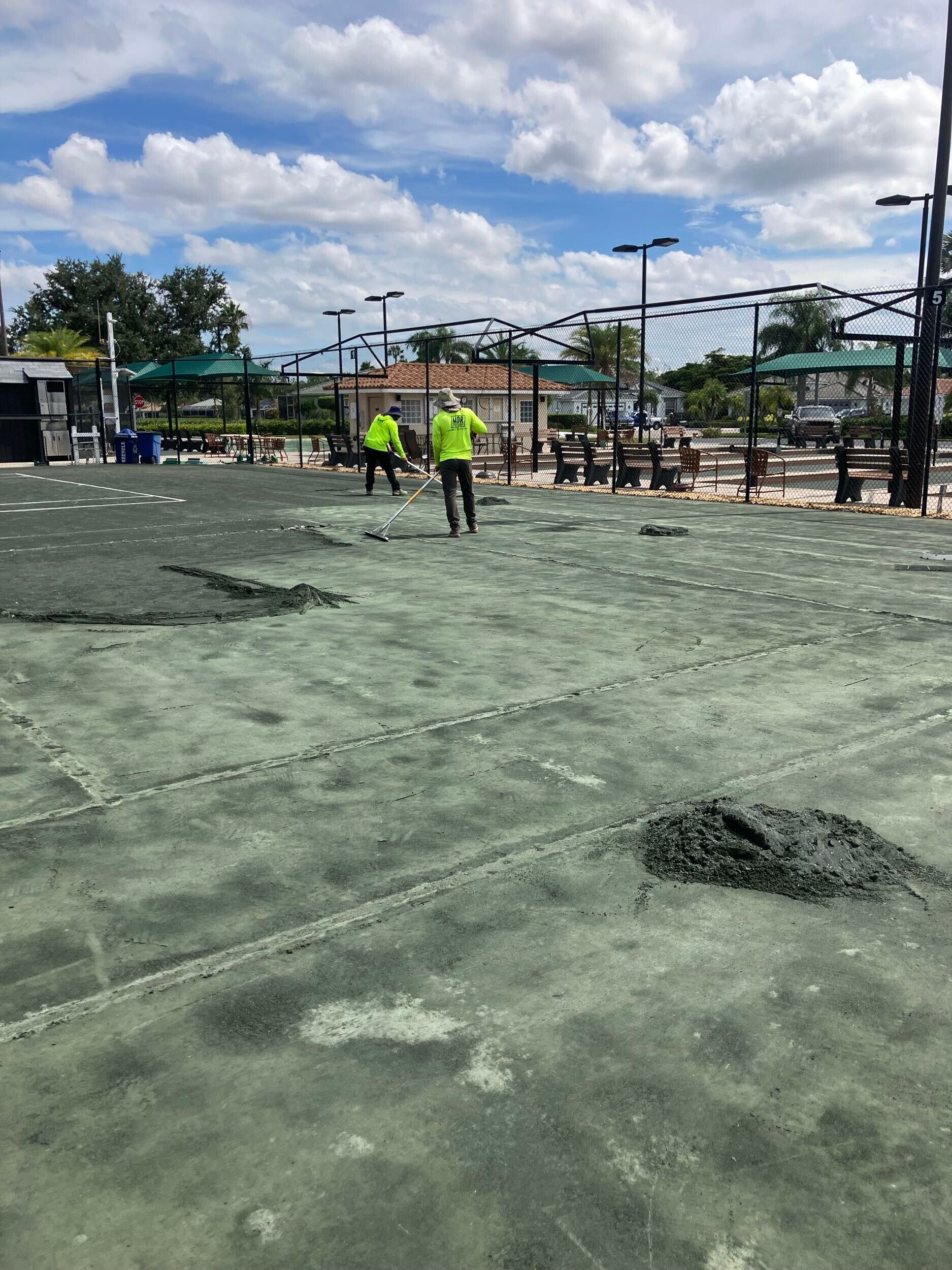
Sometimes resurfacing won’t cut it.
Your court might need full replacement if:
- Cracks keep coming back even after patching
- Foundation issues cause unevenness or sinking spots
- Drainage problems lead to big puddles
- Major structural problems can’t be fixed with just surface work
Starting over with a fresh foundation and surface is a bigger investment, but it sets you up for decades of high-quality play.
Step-by-Step Process of Tennis Court Resurfacing
Resurfacing a tennis court is a detailed process that requires precision, patience, and the right materials. It’s not just slapping on some new paint — it’s about restoring the court's performance, safety, and appearance from the ground up. Every step builds on the last to create a surface players can trust. Here’s a closer look at how the full process works:
Clean the Surface Thoroughly
The first step is all about starting with a clean slate. Dirt, moss, mildew, and debris are removed using industrial-strength pressure washers.
- This isn’t just a light rinse — the goal is to strip away all surface contaminants that could interfere with new layers bonding properly.
- Areas where mold or algae have taken hold might need specialized cleaning solutions to eliminate them.
A spotless surface sets the foundation for a lasting resurfacing job.
Repair Cracks and Surface Imperfections
Once clean, the court is inspected carefully for cracks, holes, and worn patches.
- Cracks are filled with flexible crack sealants that move with the court to prevent future splitting.
- Uneven or depressed spots are patched and leveled to restore a flat surface.
Specialized repair materials are used to match the elasticity of the original surface, ensuring repairs move naturally with environmental changes like heat and cold.
Level the Court for Drainage and Playability
Even if a court looks flat to the naked eye, minor imperfections can ruin ball bounce and drainage.
- Technicians use laser-guided leveling equipment to make sure the surface slopes correctly for water runoff.
- High and low points are corrected so that rainwater flows off the court instead of pooling and damaging the new surface later.
Proper leveling not only preserves the new surface but also protects players from slipping hazards.
Apply Base Coats for Surface Bonding
Before color goes on, a special acrylic resurfacer base coat is applied.
- This thick coat acts as a bonding agent, sealing the repairs underneath and creating a grippy, consistent texture for the layers to come.
- The base coat also fills in microscopic surface pores, giving the next layers a solid, uniform platform to adhere to.
Without a strong base coat, even the best top layers won’t last.

Apply 2 to 3 Color Coats for Texture and Look
Once the base is dry, it’s time to build the playable surface with color coats.
- Two to three coats of acrylic color surfacer are carefully applied using professional-grade squeegees.
- Each coat adds thickness, texture, and vibrant color to the court.
- The material also includes fine sand for proper traction and ball control during play.
The multiple layers ensure a surface that looks great and stands up to thousands of games, rainstorms, and blistering sun.
Paint Court Lines with Precision
After the final color coat cures, attention turns to the court lines.
- Using laser-guided or stencil-guided striping machines, professionals lay down crisp, regulation-compliant lines for singles and doubles play.
- Specialized line paint is used — it's more durable than ordinary outdoor paint and designed to resist fading under UV exposure.
Sharp lines not only make the court look polished but are essential for fair, competitive play.
Install or Reinstall Net Posts
With the surface complete, the finishing touches begin.
- Net posts are carefully installed or reinstalled at the exact regulation height.
- Posts must be properly anchored into the foundation to ensure stability during high-tension play.
If the old net posts were corroded or loose, this step is the perfect opportunity to replace them with stronger, more modern equipment.
Dry and Cure Between Every Layer
Patience is crucial during resurfacing.
- Each coat — from the base to the final color layer — must dry and cure completely before the next application.
- Rushing this step can trap moisture under the surface, leading to bubbling, peeling, and shortened court life.
Typically, the full resurfacing process can take anywhere from 3 to 7 days depending on weather conditions and court size. Allowing the court to fully cure results in a smooth, durable surface that plays consistently and lasts for years.
Surface-Specific Resurfacing Guidelines
Not all tennis courts are created equal. Different surfaces have unique characteristics that affect how they should be resurfaced and maintained. Using the wrong approach can cause more harm than good, so it’s important to match the resurfacing process to the type of court you have.
Here’s a breakdown of how to handle different surfaces the right way:
Hard Courts (Asphalt or Acrylic Surfaces)
Hard courts are the most common type for schools, clubs, and public facilities. They’re tough, but they need the right resurfacing techniques to stay in top form.
- Crack Filling and Leveling Are Crucial: Small cracks are a normal part of aging hard courts. Before resurfacing, all cracks must be thoroughly cleaned, filled, and leveled to prevent them from reappearing through the new surface layers.
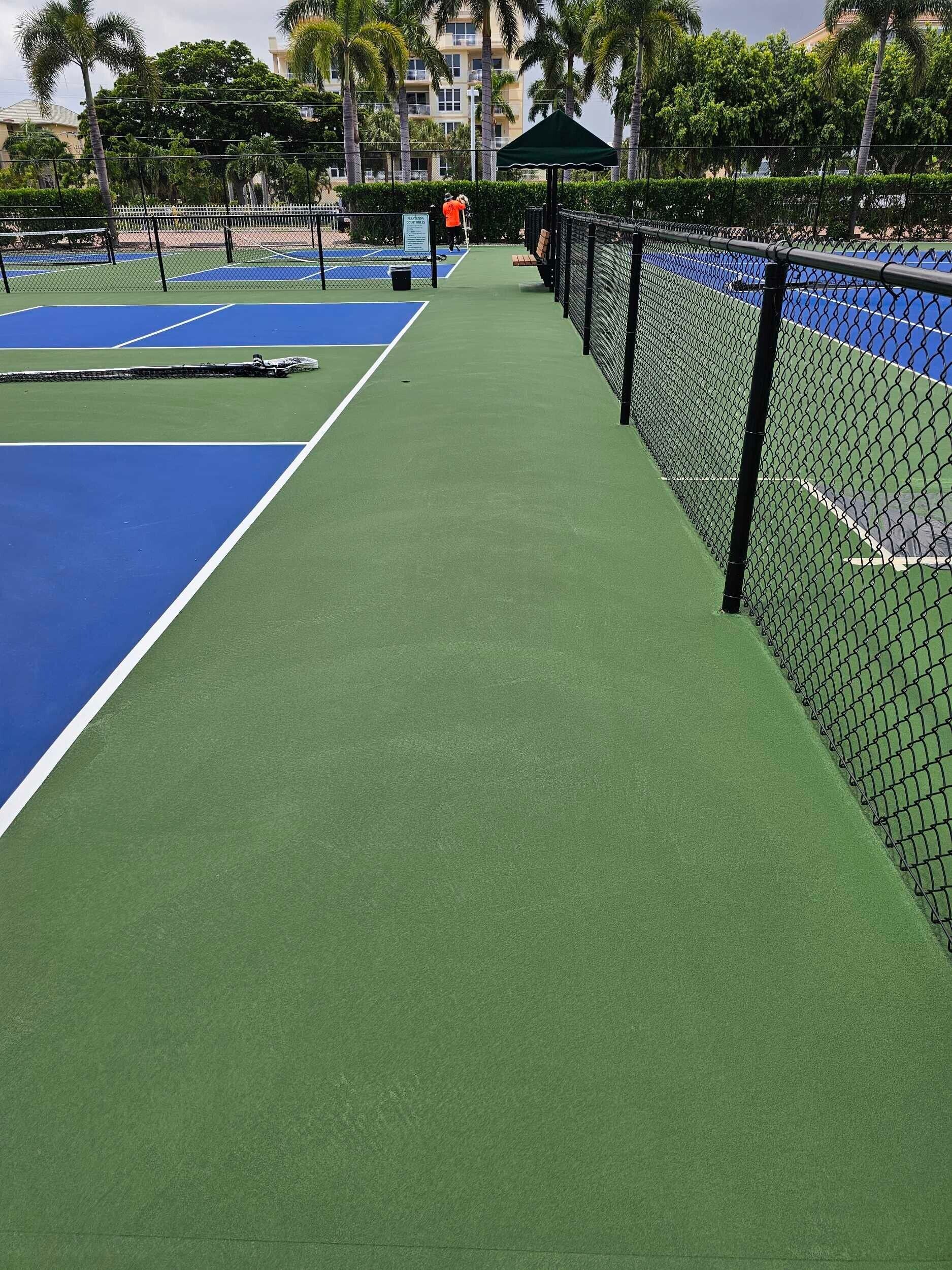
- Acrylic Coatings Provide Durability and Grip: Once repaired, multiple coats of specialized acrylic surfacing material are applied. These coatings aren’t just for color — they improve surface texture, enhance player traction, and protect the court from weather damage.
- Cushioned Options Are Available: Some facilities choose to add cushioned acrylic layers during resurfacing to reduce player fatigue and minimize impact on joints. This is especially popular in clubs, private courts, and professional facilities.
Hard court resurfacing is typically needed every 4 to 8 years, depending on use and local climate.
Clay Courts
Clay courts offer a softer, slower playing experience that many players love. But they require much more frequent and specialized care.
- Topdressing and Regrading Are Essential: Clay courts don’t have a permanent surface layer like hard courts. Instead, they rely on consistent topdressing — the application of new clay material — to maintain a smooth, even surface.
- Rolling and Watering Are Critical for Consistency: After topdressing, courts must be rolled to compact the clay properly. Regular watering keeps the surface firm, dust-free, and playable. Without proper hydration, clay courts quickly dry out, crack, and lose their signature playing characteristics.
- Frequent Maintenance Is a Must: Clay courts require near-daily attention during the playing season to stay in top shape. Resurfacing usually happens annually or semi-annually, depending on play volume and regional weather.
Because of the organic nature of clay surfaces, professional resurfacing and maintenance are key to keeping them competition-ready.
Synthetic Grass Courts
Synthetic grass courts offer a balance between cushioned play and low maintenance, but they have their own resurfacing needs.
- Worn Patches Are Replaced: High-traffic areas, such as the baselines and service boxes, tend to wear out faster. During resurfacing, these sections are often cut out and replaced to maintain consistency across the court.
- Infill Needs Redistribution: Synthetic grass courts are filled with sand or other infill materials to help with stability and traction. Over time, this infill shifts or compacts unevenly. Resurfacing includes brushing and redistributing the infill to maintain even ball bounce and safe footing.
- Periodic Deep Cleaning: Besides physical repairs, synthetic courts benefit from periodic deep cleaning to remove debris, mold, and algae that can build up in the fibers and cause slipping.
Synthetic grass surfaces can last 12 to 20 years with proper maintenance, making them a long-term investment for clubs and residential owners alike.
6. Install Lighting, Net, and Final Fixtures
Add LED lighting to ensure the court is usable in the evening or low-light conditions. Position fixtures at appropriate heights (6–8 meters) to provide even coverage without glare or shadows across the court.
Next, install the net and tension it between two solid posts at regulation height. Check wall alignments, fencing, and surface stability. Finish by adding any seating, signage, or safety padding to get the court ready for use.
How Often Should You Resurface a Tennis Court?
Resurfacing frequency depends on court type and usage:
- Hard courts: Every 4 to 8 years
- Clay courts: Every 2 to 3 years with regular top maintenance
- Synthetic grass courts: 12 to 20 years with regular upkeep
Courts in high-use facilities or harsh climates might need resurfacing more often.
Costs Involved in Tennis Court Resurfacing
Resurfacing costs vary, but you can expect a basic range between $4,000 and $10,000 for most hard courts.
Factors affecting price:
- Court size
- Surface type
- Amount of prep work needed (like crack filling)
- Choice of standard or cushioned surfaces
Premium upgrades, like cushioned layers that protect players’ joints, can push the price up, but are worth it for many facilities.
Cost Comparison: Resurfacing vs. Replacement
Resurfacing is almost always cheaper than replacement. When the court’s base is still solid, resurfacing can extend its life by another decade or more at a fraction of the cost of rebuilding.
Replacement makes sense only when resurfacing is no longer enough to fix foundational or serious drainage issues.
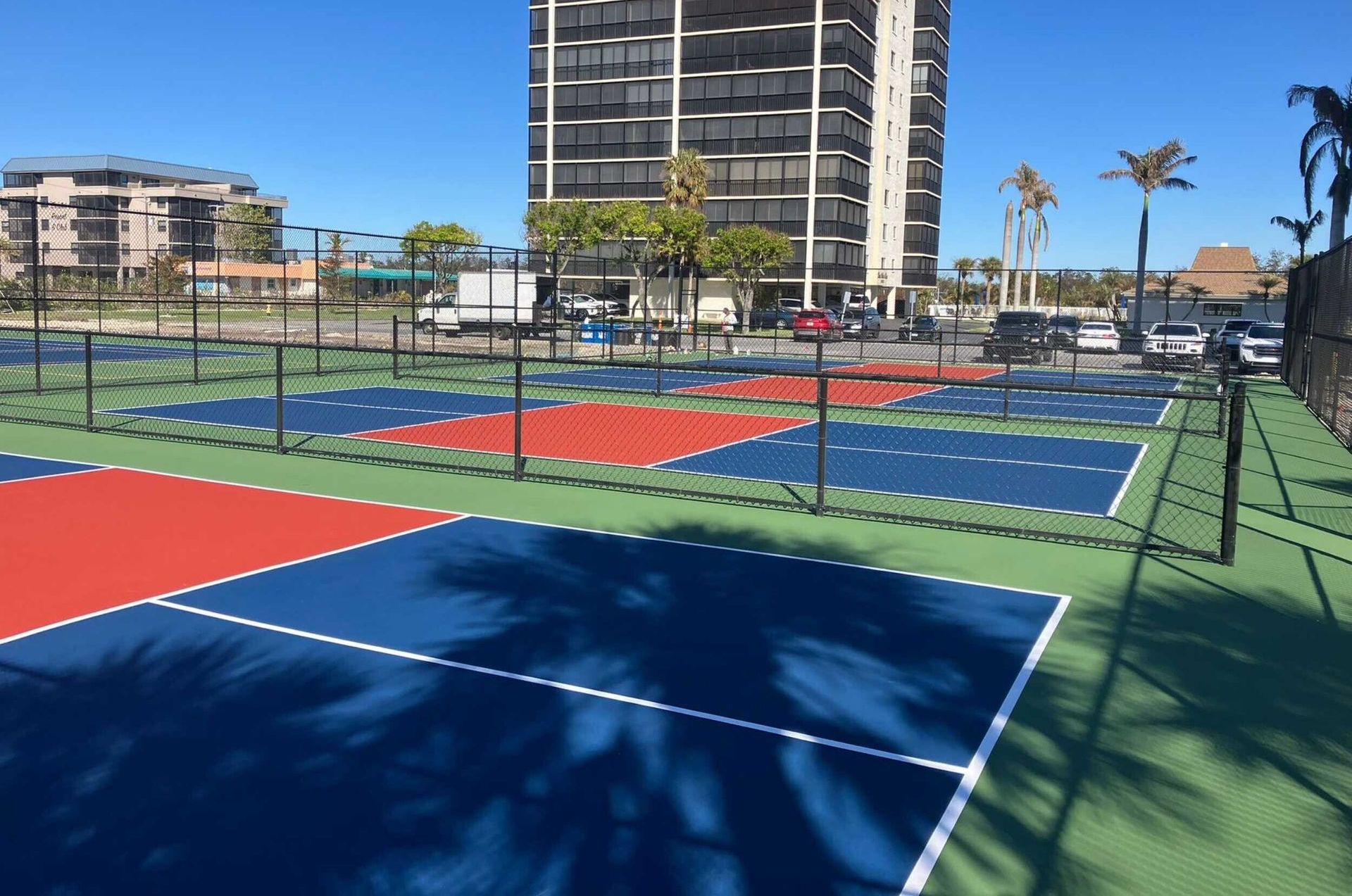
Tennis Court Maintenance Tips After Resurfacing
Resurfacing is just the start — maintenance keeps the good times rolling.
Basic tennis court maintenance checklist:
- Sweep and remove debris weekly
- Rinse the court every few months
- Inspect cracks or soft spots regularly
- Keep drainage areas clear of blockage
Annual inspections by a professional can catch little problems before they get expensive.
Daily and Weekly Maintenance Routines
Keep the court clean by:
- Blowing off leaves and trash daily
- Sweeping dust and dirt weekly
- Checking for new cracks or worn spots
Little daily actions make a huge difference over the long haul.
Annual Inspections and Preventive Care
Set a yearly calendar reminder to have a professional inspection.
They’ll check for:
- Surface wear and tear
- Foundation issues
- Drainage performance
- Paint or line fading
Early intervention is way cheaper than major repairs later on.
Environmental and Regulatory Considerations
Depending on where you live, you might need permits to resurface a court.
Check local zoning regulations, especially for:
- Drainage runoff systems
- Outdoor lighting restrictions
- Noise and activity ordinances
Resources like NRPA (National Recreation and Park Association) have great guidelines for sports facility maintenance.
Resurfacing vs. Conversion: Adding Pickleball Courts
Thinking of doing more with your court? Pickleball is booming. During resurfacing, it’s easy to add pickleball lines without interfering with tennis play. It’s a smart move for community centers, clubs, and schools looking to offer more activities.
Pickleball’s smaller court size makes it easy to fit multiple courts into a standard tennis footprint.
Choosing the Right Tennis Court Resurfacing Contractor
Choosing the right contractor can make or break your resurfacing project.
Look for contractors who:
- Specialize in sports surfaces
- Offer strong warranties
- Show before-and-after photos of previous projects
- Communicate clearly and offer realistic timelines
Quality contractors don’t just resurface — they deliver better playability and longer court life.
Why Professional Expertise Matters
Tennis court resurfacing is a specialized skill. It’s about more than just applying new material — it’s about understanding surfaces, drainage, weather, and player needs. That’s why bringing in experts like Mor Sports Group is so important.
Mor Sports Group offers tennis court resurfacing, repair, and maintenance, using high-performance acrylic systems. They handle everything from small residential courts to major public facilities, ensuring professional results every time. Their team can customize solutions based on your court type, location, and player needs. Plus, they offer ongoing maintenance packages that keep your investment protected for the long haul. When quality matters, Mor Sports Group is the name you can trust.
Conclusion
Tennis court resurfacing keeps the game alive, safe, and fun. From fixing cracks and refreshing the surface to rebuilding entirely from the ground up, choosing the right approach — and the right experts — makes all the difference. Invest in your court today and keep the serves, volleys, and victories coming for years to come.
